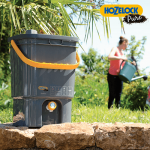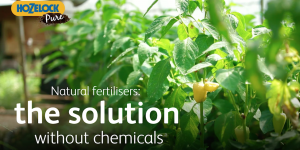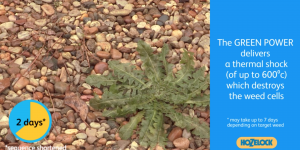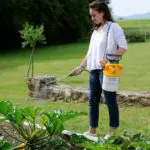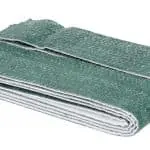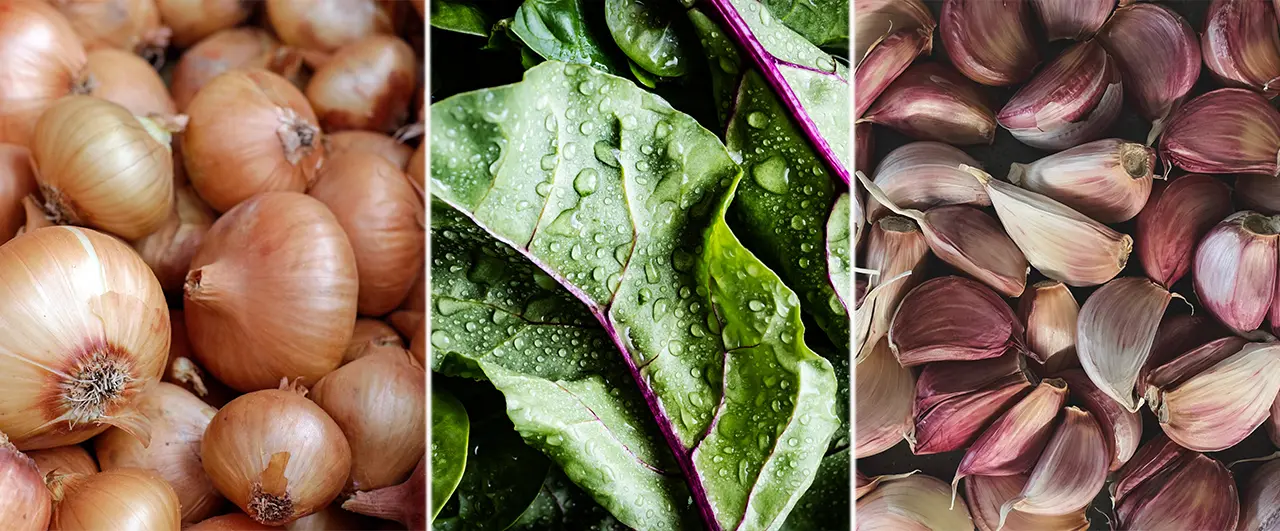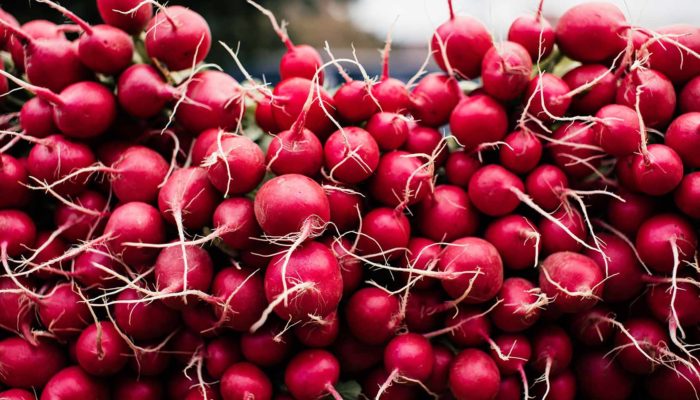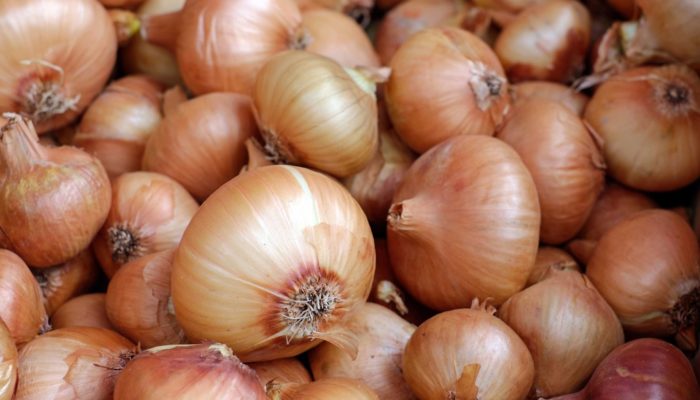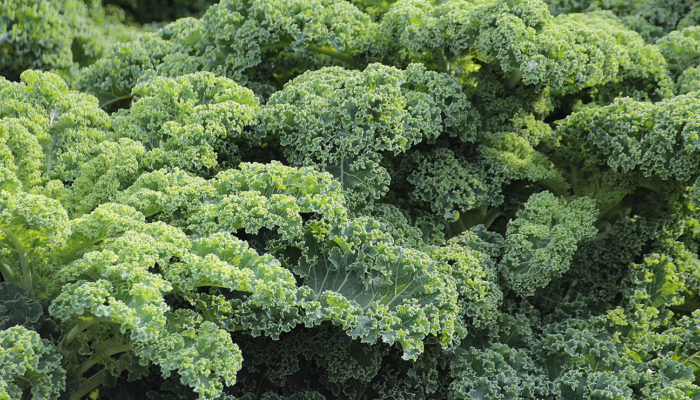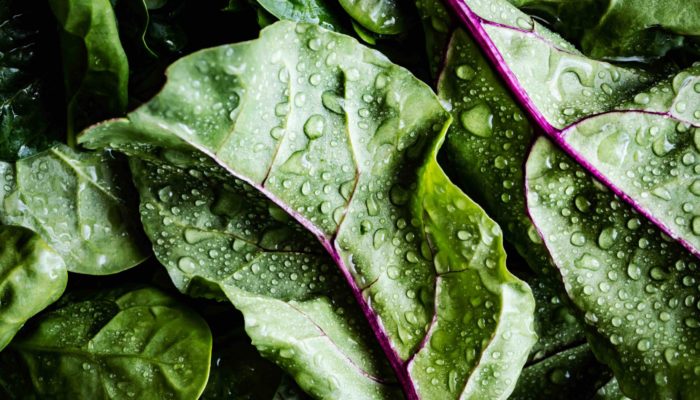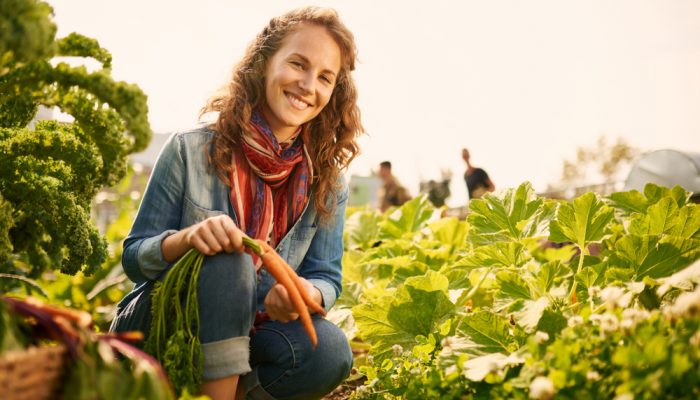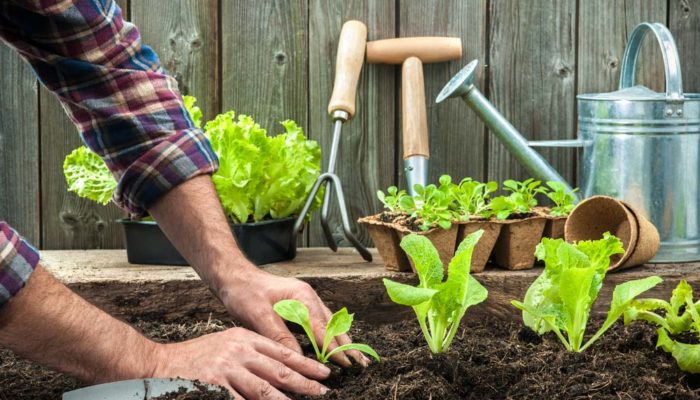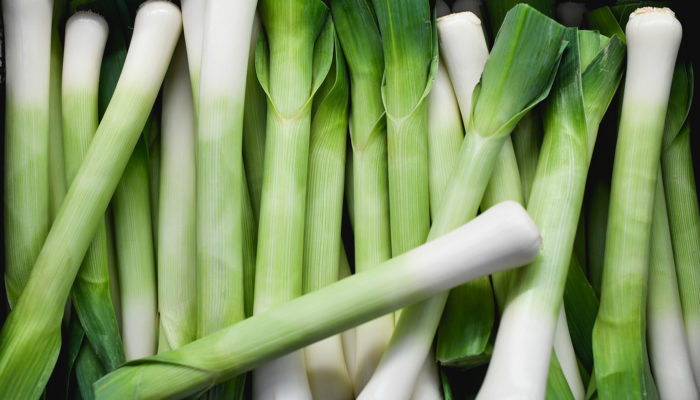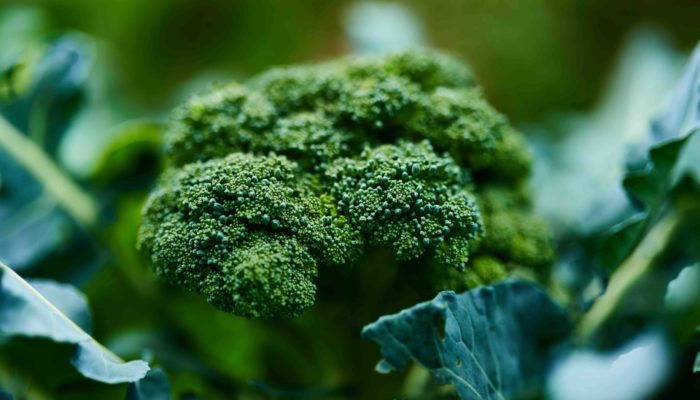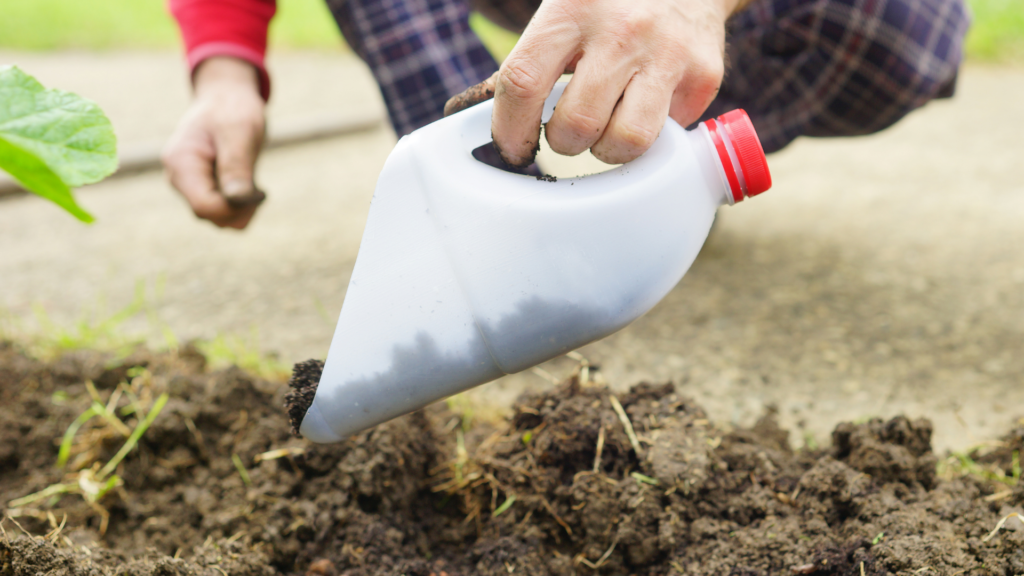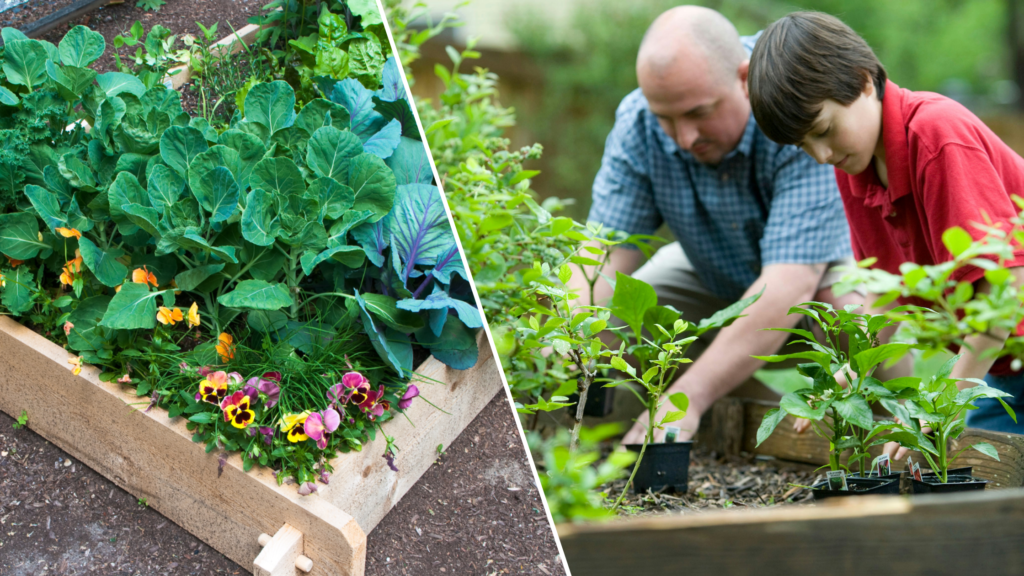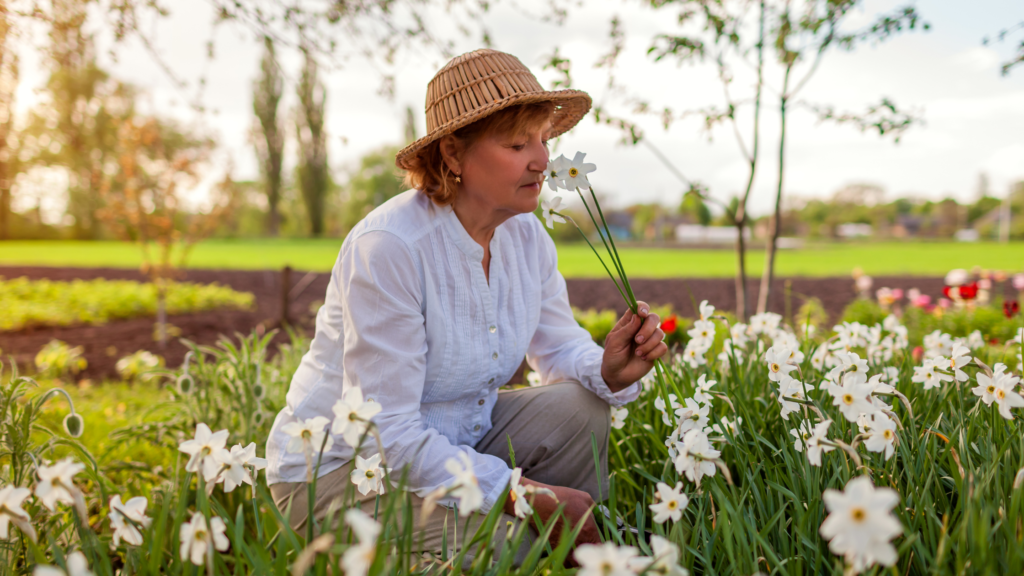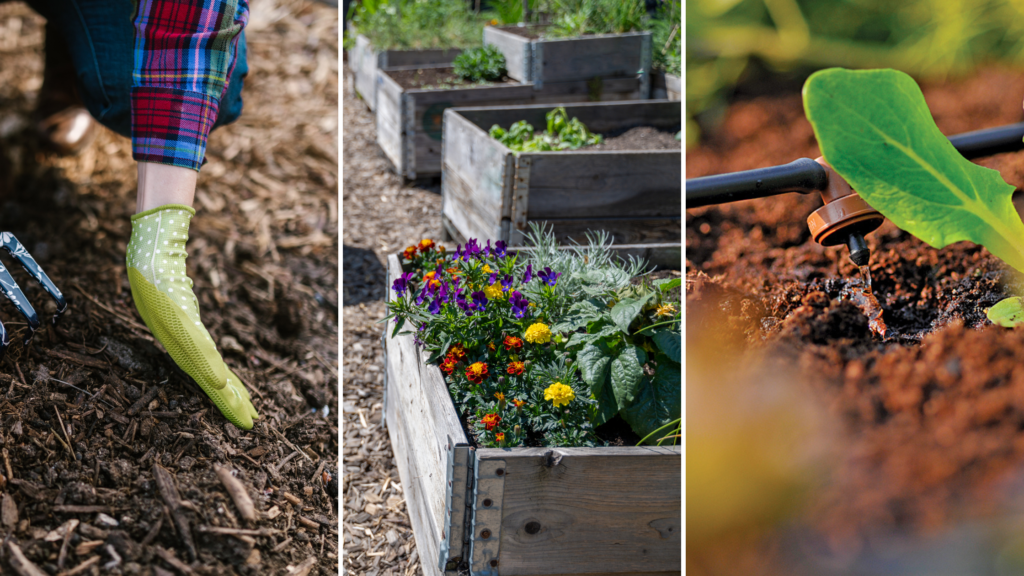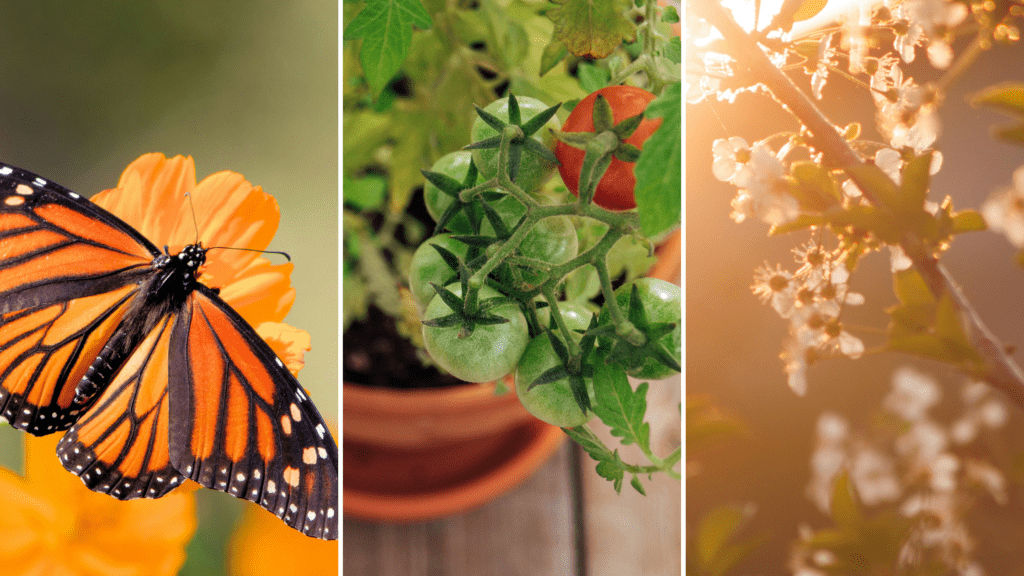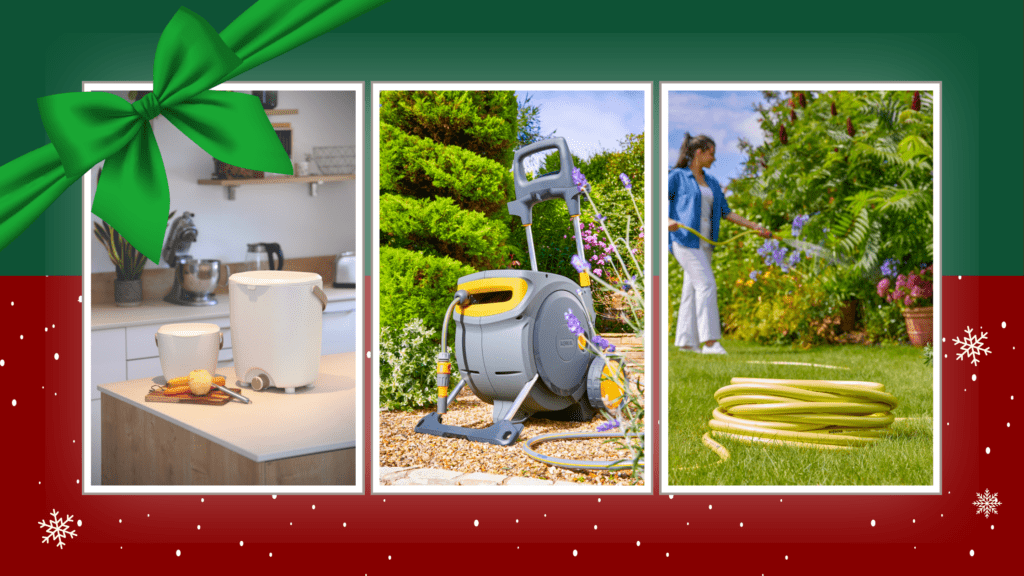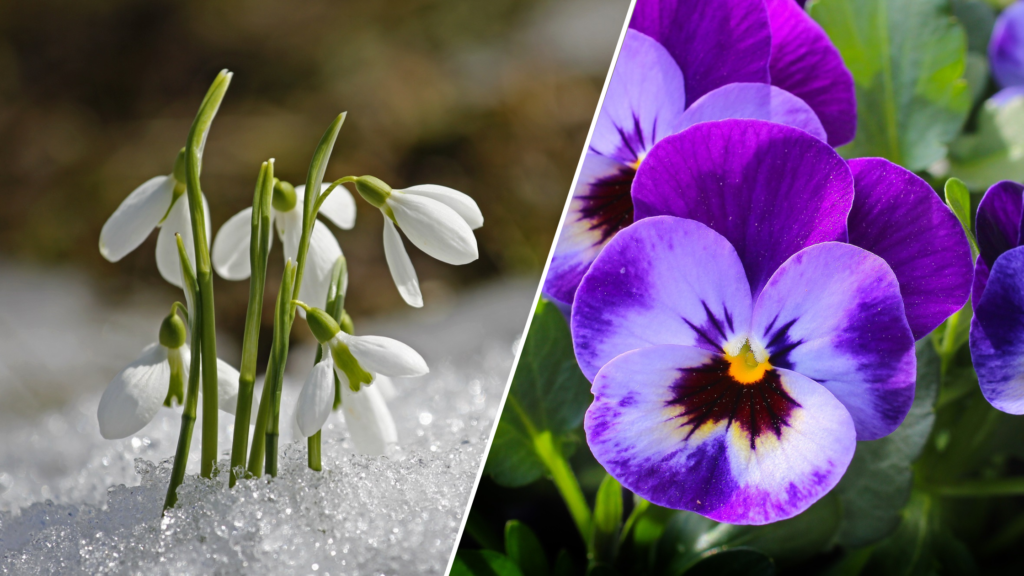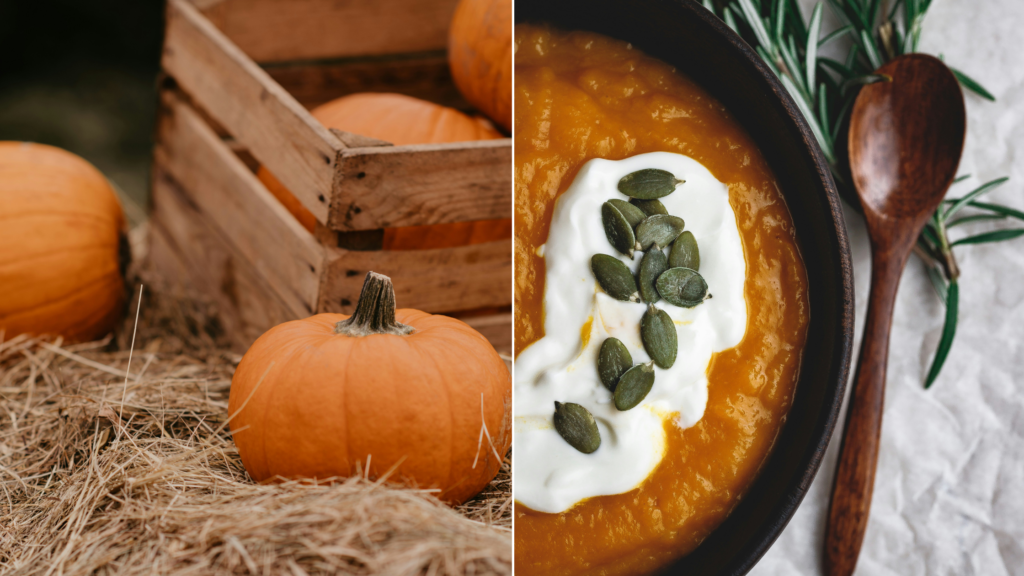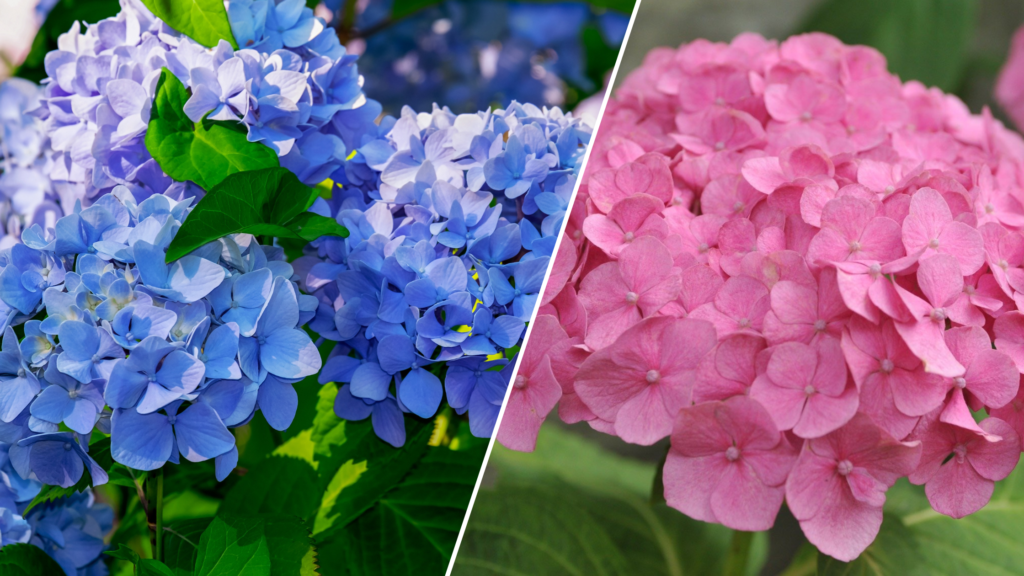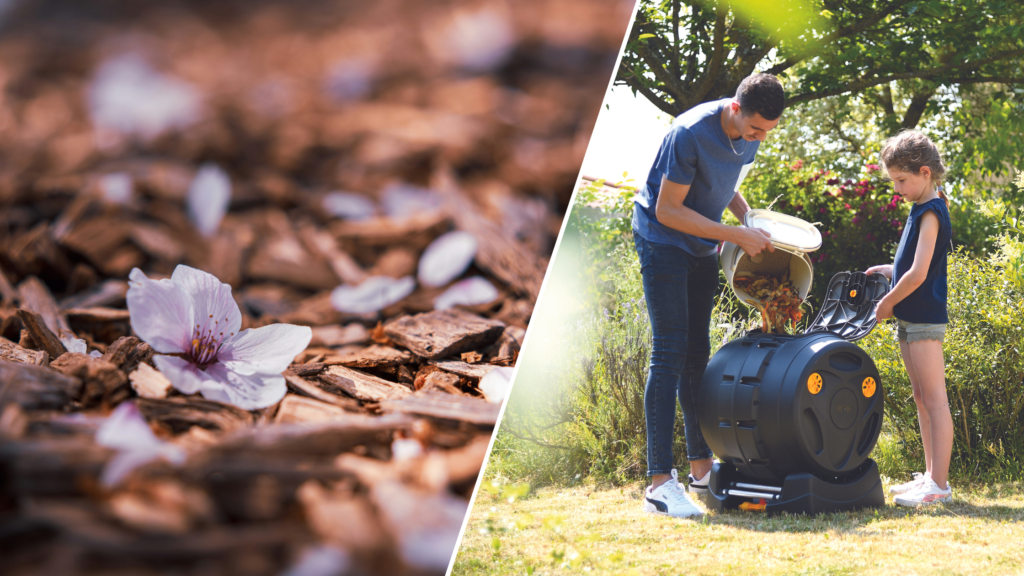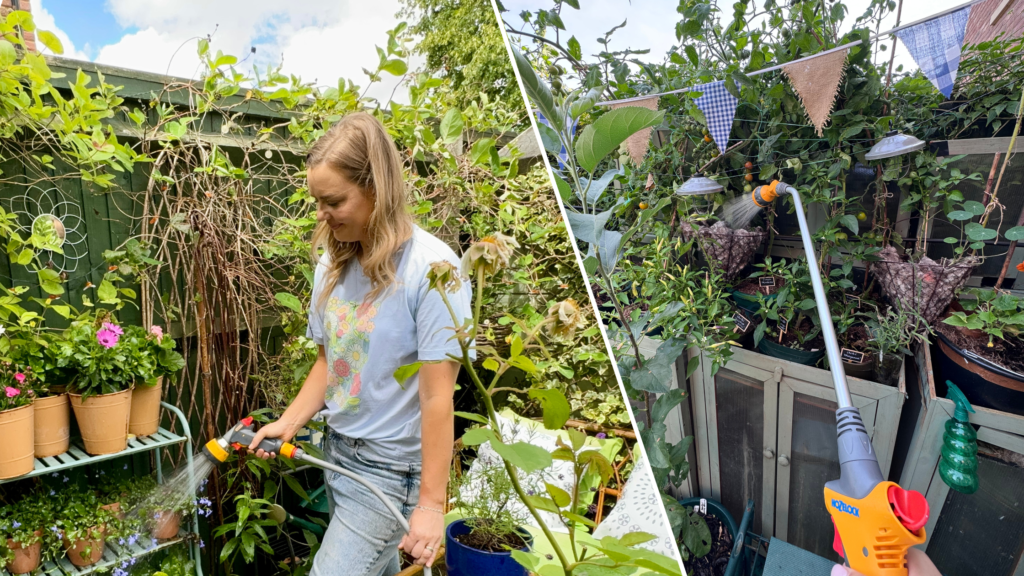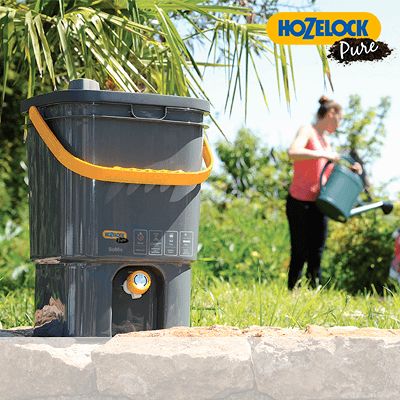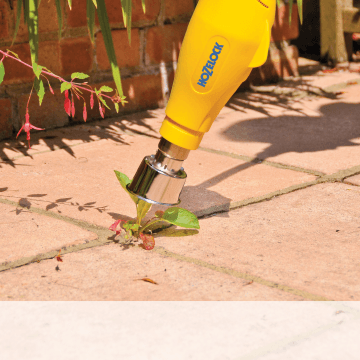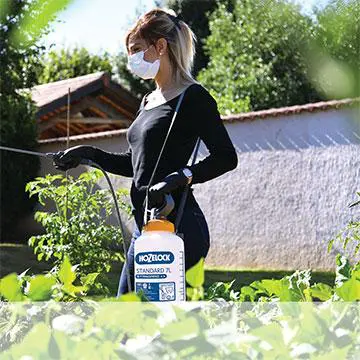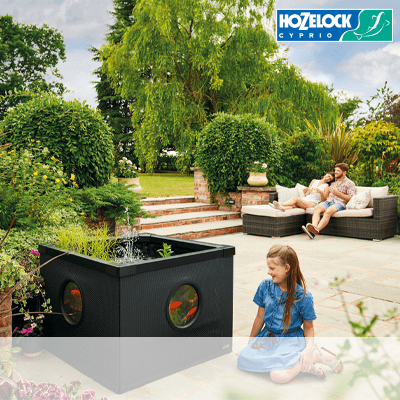As the leaves change colour and the air takes on a crisp edge, many gardeners believe it’s time to hang up their gardening gloves. However, autumn presents a unique opportunity to continue growing fresh produce and beautifying your garden. In this guide, we’ll explore ten fruits and vegetables that thrive when planted in autumn, ensuring a bountiful harvest in the coming seasons.
Rhubarb
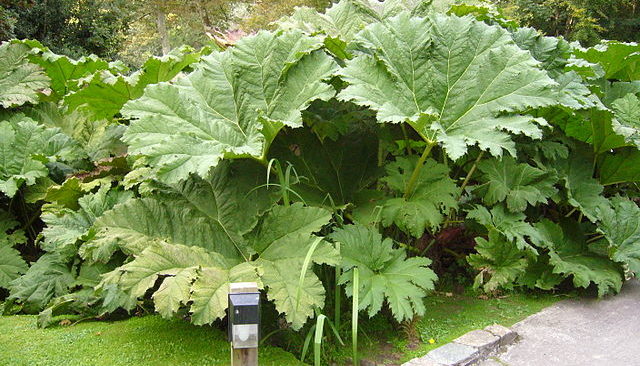
- Planting: Rhubarb crowns should be planted in a well-draining spot with the crown’s top just below the soil surface.
- Watering: Water newly planted crowns thoroughly and consistently. Once established, water as needed to prevent drought stress.
- Harvest: Avoid harvesting rhubarb in the first year after planting to allow the plant to establish roots. In subsequent years, you can harvest stalks in early spring.
Radishes
- Planting: Plant radish seeds half an inch deep and two inches apart for a quick and crisp harvest.
- Watering: Keep the soil consistently moist, especially during the radishes’ rapid growth phase.
- Harvest: Radishes are usually ready for harvest in 20-30 days when the roots are about an inch in diameter.
Garlic
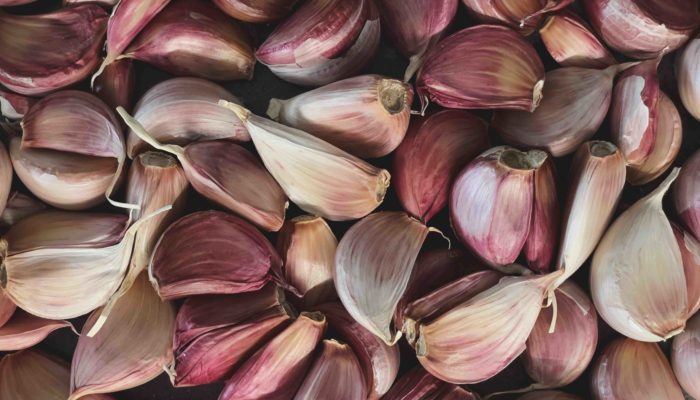
- Planting: Choose well-draining soil and separate garlic bulbs into individual cloves. Plant them about two inches deep and four to six inches apart in rows.
- Watering: Keep the soil consistently moist but not waterlogged. Reduce watering as the plants near maturity to avoid rot.
- Harvest: Garlic is typically ready for harvest in late spring or early summer when the leaves begin to yellow and dry. Once harvested, allow bulbs to cure in a dry, airy place.
Onions
- Planting: Plant onion sets about one inch deep and four inches apart in well-prepared soil.
- Watering: Provide consistent moisture, especially during the early stages of growth, but reduce watering as the bulbs mature.
- Harvest: Onions can be harvested when their tops start to fall over, typically in late spring or early summer. Cure them in a dry, shaded area before storage.
Kale
- Planting: Sow kale seeds about half an inch deep and 18 inches apart in rows.
- Watering: Kale enjoys moist soil. Water regularly, especially during dry spells.
- Harvest: You can begin harvesting kale leaves when they reach the desired size, usually around 2 months after planting. Continual harvesting encourages new growth.
Spinach
- Planting: Sow spinach seeds half an inch deep and two inches apart in rows.
- Watering: Keep the soil evenly moist. Mulching helps retain moisture and regulate soil temperature.
- Harvest: Spinach leaves can be harvested as soon as they are big enough to eat, typically 40-50 days after planting. Harvest leaves regularly to promote new growth.
Carrots
- Planting: Sow carrot seeds half an inch deep and two inches apart in well-prepared, loose soil.
- Watering: Maintain even moisture, particularly during germination and root development.
- Harvest: Carrots can be harvested when they reach the desired size, usually around 70-80 days after planting. The cooler autumn weather enhances their sweetness.
Leeks
- Planting: Leek sets can be planted three inches apart in rows.
- Watering: Keep the soil evenly moist to encourage steady growth.
- Harvest: Leeks are usually ready for harvest in late winter or early spring. Harvest them when they reach the desired size, typically around 100-120 days after planting.
Broccoli
- Planting: Space broccoli plants 18 inches apart in well-drained soil that receives full sun.
- Watering: Broccoli needs regular and consistent watering, particularly during head development.
- Harvest: Broccoli is typically ready for harvest in the spring, around 100-150 days after planting. Harvest the central head when it’s compact and before the florets start to open.
Don’t let your garden lie dormant during the autumn season. Embrace the opportunities it presents for growing delicious and nutritious fruits and vegetables. By planting these autumn-loving crops with the right techniques, providing adequate and consistent watering, and following the recommended timing for harvest, you’ll ensure a steady supply of fresh produce in the coming seasons.
We hope you enjoyed reading our blog on the ‘Best Fruit & Vegetables to Plant in Autumn’. If you’d like to get involved, drop us a comment below with your tips!




